Gasoline Alley by Rod Stewart
Buy Gasoline Alley His second official solo album, Gasoline Alley, is a critically acclaimed 1970 album by Rod Stewart. It features a diverse mixture of covers and originals that reflect the various styles […]
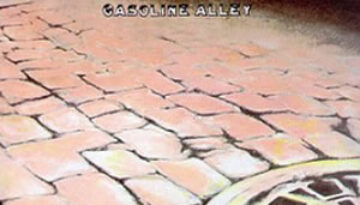
Buy Gasoline Alley His second official solo album, Gasoline Alley, is a critically acclaimed 1970 album by Rod Stewart. It features a diverse mixture of covers and originals that reflect the various styles […]
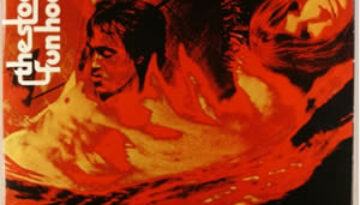
Buy Fun House The second of the initial trio of albums by The Stooges which were considered integral to the development of punk rock, Fun House, has consistently grown in critical stature in […]

Buy Fullfillingness’ First Finale At the age of just 24, Stevie Wonder released his 17th studio album with 1974’s Fulfillingness’ First Finale. This record came when the composer, musician and vocalist was in […]

Buy Full Moon Fever This week marked the 25th anniversary of Full Moon Fever, which is listed the first official “solo” album by Tom Petty. However, the circumstances surrounding the production of this […]
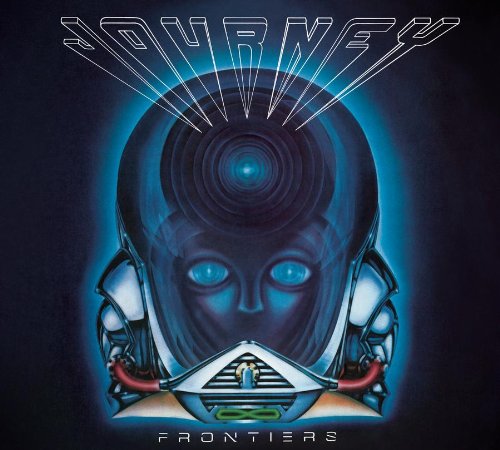
buy Frontiers Although not quite the commercial blockbuster of their previous album Escape, Journey‘s 1983 album Frontiers was a very close second commercially. The album reached #2 on the US charts, would garner […]
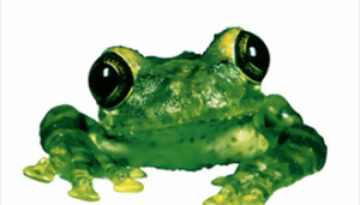
Buy Frogstomp Australian grunge rockers Silverchair launched their recording career when all three members were still teenagers in 1995 with the debut album Frogstomp. The compositions and sound of this record continue the […]
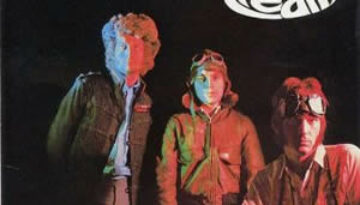
Buy Fresh Cream The British blues-rock trio Cream was, perhaps, the first to be deemed a “super group”. Their 1966 debut, Fresh Cream was produced by Robert Stigwood and includes a true fusion […]
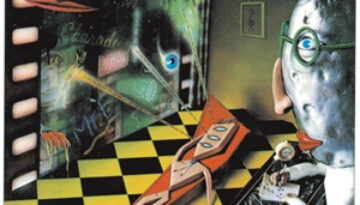
Buy Freeze Frame Freeze Frame is a confluence album, where a hard-working band with vast longevity in the bag reaches their heights towards the sunset of their career. It is a work that […]
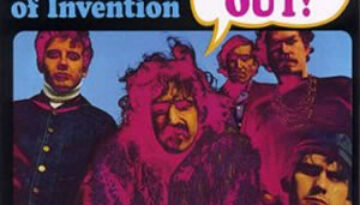
Buy Freak Out! In one of his last interviews, Frank Zappa said, “sounds are for people to listen to,” while summing up all the different types of instruments and objects he used to […]
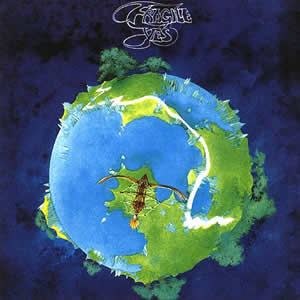
Buy Fragile Fragile, the fourth album by Yes is really a bridge between its rock-influenced predecessor, The Yes Album, and the nearly pure prog albums which would follow. The album features four tracks […]